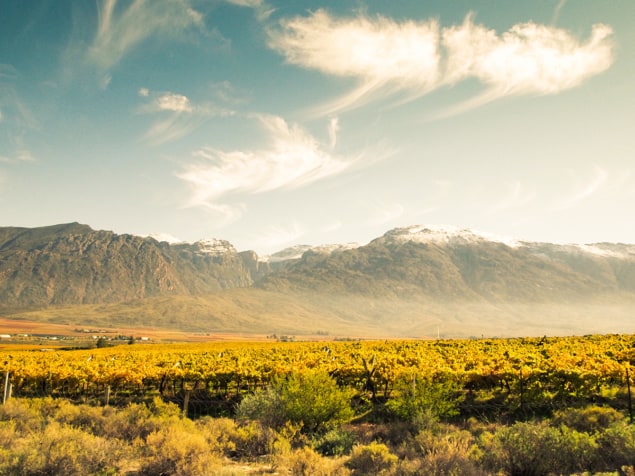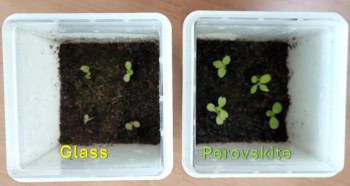
The US imports 15% of its food, much of it from Mexico. Now a study shows that America’s appetite for fresh salad, winter strawberries and the like is resulting in parched aquifers, dry rivers and salty soil across large swathes of Mexico.
The border between the US and Mexico crosses 3200 km of arid and semi-arid landscape. Droughts are common and tough shrubs and grasses dominate. But there are also regions where the soil is good and if it’s irrigated, crops will readily grow in the sub-tropical climate.
In 1994 the US, Canada and Mexico signed the North America Free Trade Agreement, creating a trilateral trade bloc. As a result, agricultural and urban development flourished along both sides of the US/Mexico border. This vigorous trade has been good for the economy, but what impact has it had on the environment?
To find out, Theodore Bohn from Arizona State University, US, and colleagues examined how land and water use along the border changed between 1992 — two years before the agreement — and 2011. They employed land-cover maps, a hydrology and irrigation model, meteorological data, agricultural production statistics and urban water demand data to build up a detailed picture.
In the southern US, urban expansion has been the dominant trend, Bohn and his colleagues show. An extra 16,000 sq. km of urban sprawl – a 24% increase — emerged between 1992 and 2011, particularly around the cities of Phoenix, Dallas, Houston and Los Angeles. Cropland also expanded but the growth is mostly cancelled out by crop-to-urban-land conversion, resulting in a net increase of just 1800 sq. km, some 1%. That means demand for agricultural irrigation in the southern US fell; the net fall in water demand for this region was 5%.
Mexico, in contrast, has seen a 14% increase in cropland, or 18,000 sq. km. Demand for water from both urban areas and agricultural irrigation rose, resulting in a net increase in demand of 16%.
Given that the US imports half its fruit and one-fifth of its fresh vegetables, and that Mexico provides 44% of these fruit and veg imports, it’s clear that a virtual trade in water is occurring and that the southern US is responsible for a significant portion of the increased water demand in Mexico.
Due to the arid and semi-arid climate in Mexico, these changes have not been sustainable, resulting in widespread aquifer depletion and saltwater intrusion, plus reduced river flow and failure to meet transboundary reservoir agreements.
When the North America Free Trade Agreement was signed there was recognition that there would be environmental impacts. Environmental regulations were already in place but clearly these didn’t do enough to protect water and land resources in this region.
“There needs to be co-ordination across enforcement agencies and more funding to improve infrastructure and monitor land and water resources,” says Bohn, who published the study in Environmental Research Letters (ERL).
Bohn and colleagues hope that their findings will help raise awareness of the issue amongst consumers, traders and policy makers, and that ultimately recognition of the problem will trigger international co-operation to tackle it.



